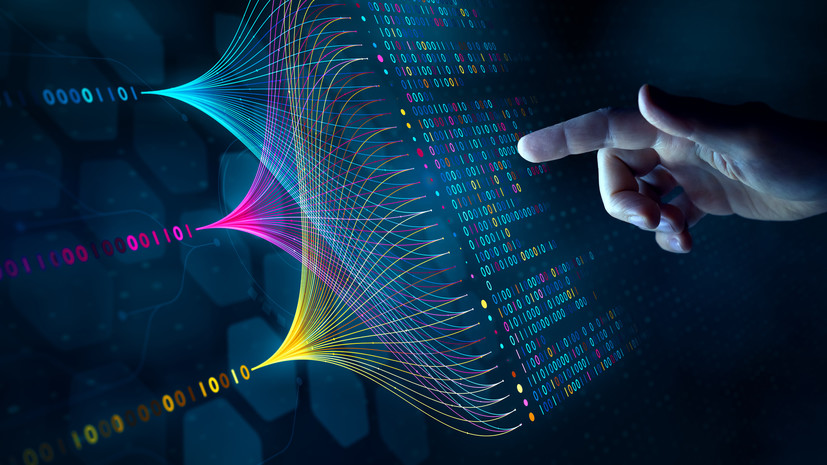Scientists from the National Research Nizhny Novgorod State University named after N. I. Lobachevsky and Moscow State University named after M. V. Lomonosov have developed an elemental base for a computing system that combines the properties of neural networks and a quantum computer.
To do this, the authors of the work created a model of a logic cell based on a superconducting interferometer.
The press service of the Russian Science Foundation reported this to RT.
The work was supported by a grant from the foundation.
The results were published in the Beilstein Journal of Nanotechnology.
Modern software neural networks are capable of solving very complex problems.
Many of them use algorithms similar to the principles of operation of neurons in the human brain.
However, in terms of energy efficiency, AI is much inferior to the brain, since neural networks require enormous computing power to work with big data.
Image of a quantum computer
Gettyimages.ru
© bpawesome
Therefore, scientists around the world are looking for new hardware bases to create neuromorphic artificial intelligence, which would allow them to process huge amounts of data while consuming a minimum of energy resources, similar to how the human brain works.
The authors of the study propose to solve this problem by combining quantum technologies and artificial intelligence technologies in one device.
Let us recall that a quantum computer uses quantum particles as an information carrier.
Using the quantum properties of particles to transmit and process information allows one to significantly increase the computing power of devices.
Scientists have developed a model of a logical cell based on a superconducting interferometer - a device that is capable of changing the magnetic field according to a given algorithm.
At temperatures close to absolute zero on the Kelvin scale (-273 degrees Celsius), the interferometer exhibits quantum effects on macroscopic scales.
Thus, the resulting cell can be either a unit of information in a quantum computer—a qubit—or a basic element of a neural network—a neuron.
According to experts, they adjusted the cell parameters so that it stopped responding to minor changes in the magnetic field.
But a strong magnetic flux passing through the device formed a fixed magnetic flux value.
“In fact, in this way we demonstrated the operating mode of a quantum cell - a quantum neuron, completely analogous to those known for classical percepton-type neural networks,” Nikolai Klenov, Doctor of Technical Sciences, Professor of the Department of Atomic Physics, Plasma Physics and Microelectronics at Moscow State University, told RT .
Quantum particles
Gettyimages.ru
© MARK GARLICK/SCIENCE PHOTO LIBRARY
Scientists were also able to change the inductance (magnetic properties. -
RT
) of the interferometer and the input magnetic flux so as to use the device as an auxiliary qubit.
Such qubits in quantum computers are important, for example, for implementing computational error correction algorithms.
“Currently, systems combining quantum computing and artificial intelligence are especially relevant.
Our work is a small step towards the development of neurocoprocessors (basic cells - neurons) working with quantum information.
In the future, we plan to study the transmission and processing of quantum information in the simplest quantum superconductor network,” summed up Marina Bastrakova, head of the laboratory of the theory of nanostructures at Nizhny Novgorod State University named after N.I. Lobachevsky.

